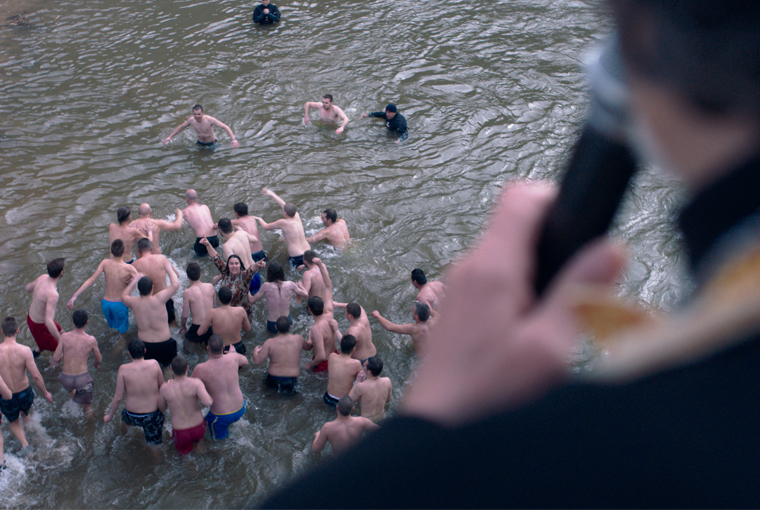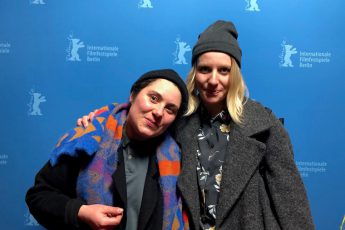
In Central, Eastern and South-Eastern Europe, the battles of WWII are being refought on the big screen multiple times a year – all this fighting coming with the support of and often even at the behest of the state. In Poland, WWII films have come to dominate cinematic output to such an extent that the editors of this journal once planned to launch a qualitative study to explain the economic conditions of its surge. In Russia, a war film about a Soviet lieutenant’s unlikely military coups against the Nazis recently broke domestic box office records. Even small countries with limited financial capabilities (e.g. the Baltics) have reserved a considerable amount of their funding for the glories & grief of the past. But in Ukraine, our focus country 2019 with its penchant for revisionist historiography and general nationalist revival, WWII has not emerged as a dominant point of reference. The three biggest box-office hits from 2018 – two mainstream comedies centering around weddings, and a children’s fairytale – were textbook examples of escapism. The year’s National Film Awards, meanwhile, which went patriotic rogue, gave the prize for Best Picture to a film dealing with the War in Donbas. Though all of the aforementioned films fulfill the State Agency’s nationalistic guidelines, one wonders if their nation-building aspirations might not be served better by returning to historical events such as the Siege of Sevastopol.
True, the language requirement (which stipulates that Ukrainian or Crimean Tatar language account for 90 percent of a film’s on-screen dialog) constitutes a major and indeed somewhat comic aesthetic hurdle in that not only Nazi characters would be barred from saying much, but also most Soviet soldiers. Also, unlike Poles and Russians, most of whom are not directly affected by war, Ukrainians are probably tired of images of bombs and death to begin with. But with so many things happening in Ukraine, what really drives the film industry’s relative restraint on WWII is the country’s deep division. The truth is that there exists no consensus on what WWII represents, and that the disagreement has only worsened since the Euromaidan. Although President Poroshenko has evoked the “Great Patriotic War” in the past, in Ukraine that Soviet-coined term (which is still prevalent in Russia) has all but disappeared from discourses not featuring openly pro-Russian Ukrainians. What by 1945 most Ukrainians saw as the liberation of the country by the Red Army has lost its hagiographic status. Though pro-Western governments (including Poroshenko’s) have in turn pushed a rehabilitation of questionable forces such as Stepan Bandera’s UAP, their position in memory culture is too shaky and divisive to spawn but scattered attempts at tank biopics. With Russian WWII films being combated by the Ukrainian governments and Soviet-era films slowly losing their cult status, this constitutes a noteworthy disruption in cinematic culture – even if, judging by Poland and Russia, the aesthetic (and political) damage of this disruption is negligible.
***
This month we are publishing our coverage of the Berlinale. Zoe Aiano saw Teona Strugar Mitavska’s competition-entry God Exists, Her Name is Petrunya about a woman who disrupts the local patriarchy with what is presented as brave but ultimately haphazard behavior; Marius Olteanu’s imbalanced portrait of a strained relationship; and Hristiana Raykova’s The Pit, the worthwhile portrait of a communal bath and its visitors. An interview with Raykova can be found in our Interviews section. Also from the Berlinale is Konstanty Kuzma’s review of Alexander Gorchin’s variation on Shakespearian themes in Acid, while Daniil Lebedev revisits a 2017 documentary set in the Siberian taiga.
We hope you enjoy our reads.
Konstanty Kuzma & Moritz Pfeifer
Editors




Leave a Comment